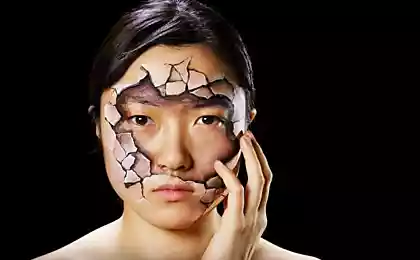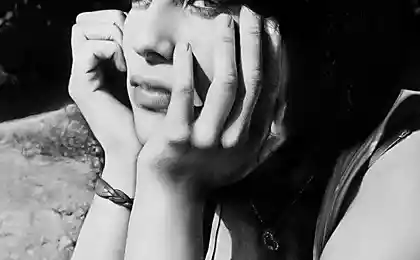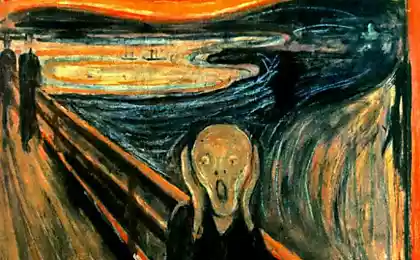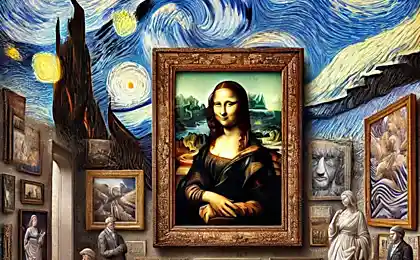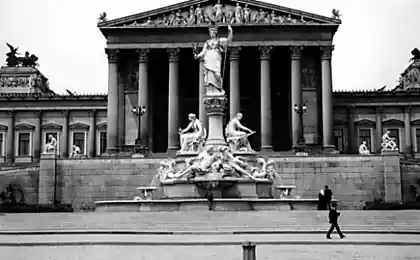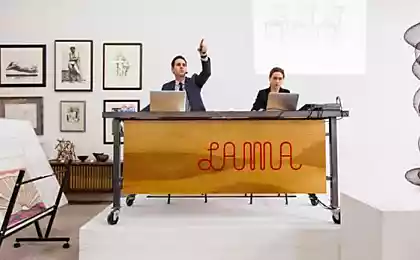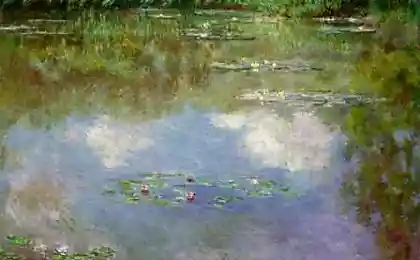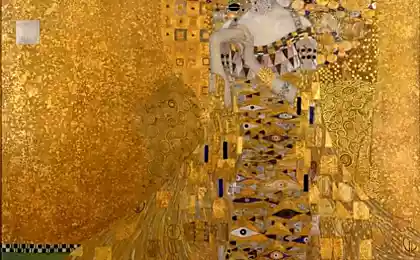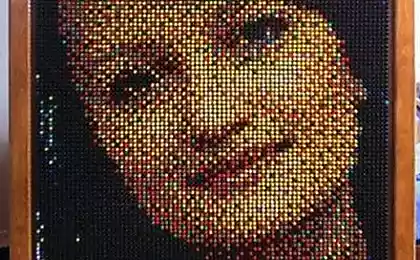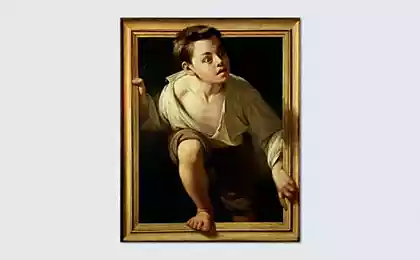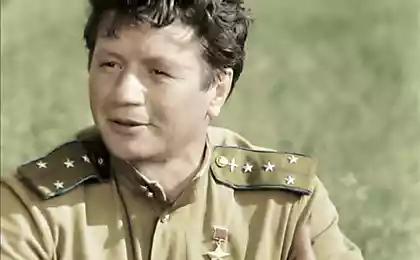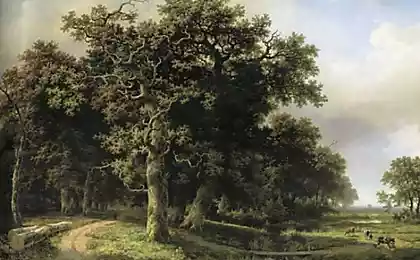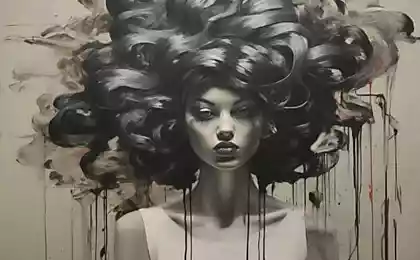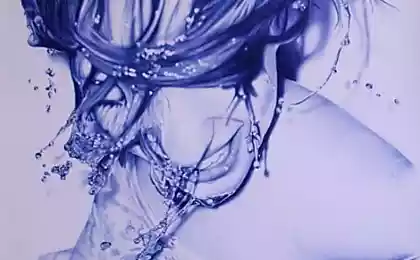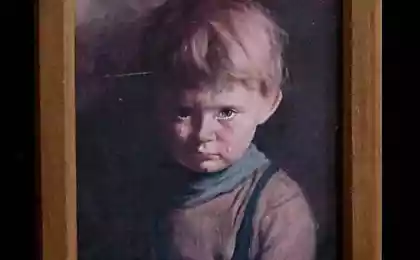379
Unexpected masterpieces: little-known artists who changed art
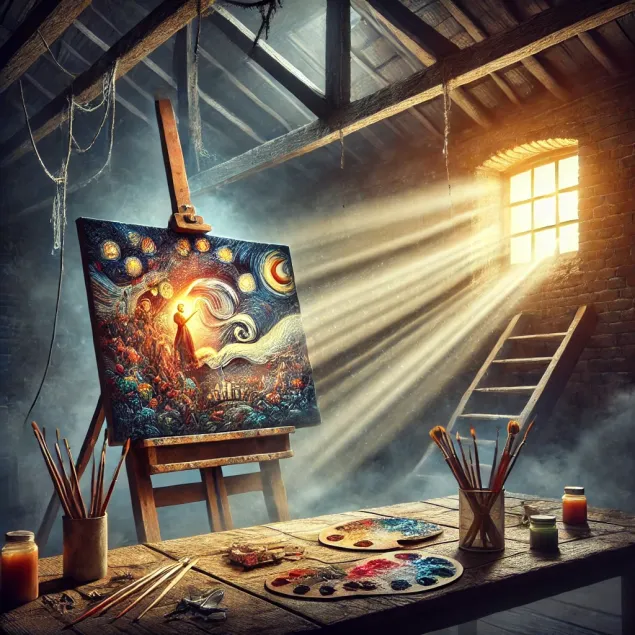
Introduction. The art world is often associated with big names like Leonardo da Vinci, Vincent Van Gogh or Salvador Dali. When it comes to epochal paintings or revolutionary styles, their work is usually remembered. However, in addition to the most famous stars, those masters of the brush remained in history, whose names are much less heard, but the contribution to the development of art is truly enormous. Sometimes they lacked the resources for widespread popularity, sometimes - a successful historical context, and sometimes they were eclipsed by more famous contemporaries. Yet their innovative ideas, techniques and solutions have had a powerful impact on the creative environment, and some have fundamentally changed the perception of painting and sculpture of their time. In this article, we present a selection of little-known artists who have managed to leave a deep mark on world culture and inspire future generations.
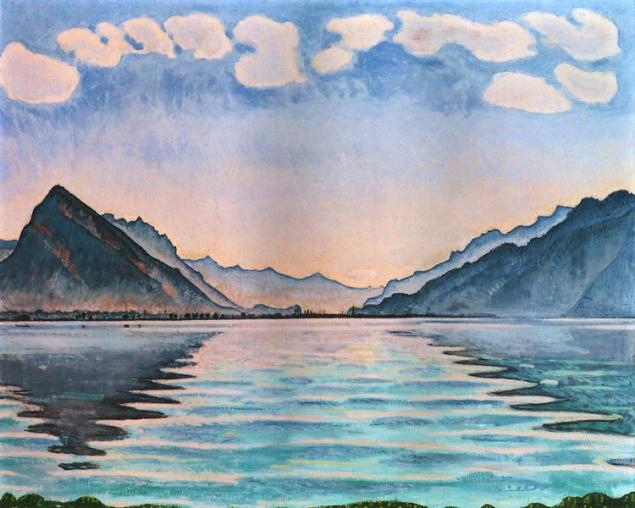
1. Arthur Doe: A pioneer of abstraction in the United States
If you ask about the pioneers of American abstract painting, most would say Jackson Pollock or Mark Rothko. But long before their fame, at the very beginning of the twentieth century, the artist Arthur Wesley Doe (1857-1922) had already experimented with composition and color, demonstrating principles that largely anticipated future abstraction. Dow was fascinated by Oriental art: he studied Japanese utagawa engravings and drew on ideas of minimalism in composition.
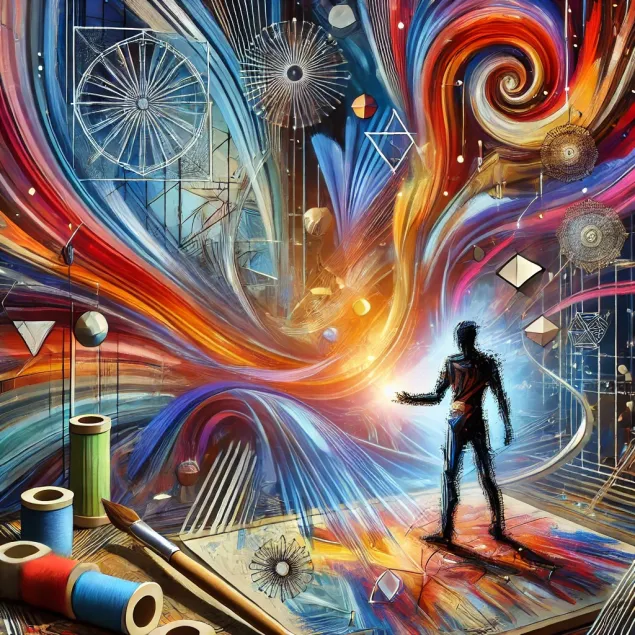
Arthur Doe believed that a painting should not copy reality, but represent it in the form of a harmonious combination of lines, shapes and color spots. He was one of the first Western artists to openly admit that fine art can do without detailed figurativeness and rely on rhythms and proportions inspired by nature. In addition to his own work, Dow became famous for teaching: he taught at Columbia University and wrote the book “Composition”, which became a basic textbook on color and form. Although his name is not widely known outside the United States, Arthur Doe’s influence on contemporary painting is enormous, as he showed future generations how to turn nature into an abstraction.
What made Doe an innovator?
- Focus on Japanese aesthetics. This brought lightness and graphic expressiveness to his work.
- Emphasis on rhythm and simplicity. Dow suggested removing unnecessary details and leaving only the “framework” of the image.
- Pedagogical contributions. He not only painted innovative paintings himself, but also brought up a generation of artists who adopted his approach to composition.
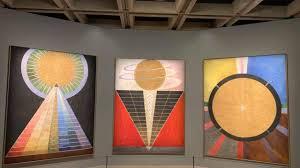
2. Hilma af Klint: The Secret Harbinger of Modernism
Speaking about the early origins of abstract art, Vasily Kandinsky, Kazimir Malevich and Pete Mondrian are often mentioned. But one of the most amazing figures in this direction is the Swedish artist Hilma af Klint (1862–1944). Until recently, her works were practically unknown to the general public, since the author herself, long before her death, bequeathed not to exhibit her abstractions for 20 years after her death. She believed that the world should "mature" before the perception of her art.
Hilma af Klint began as an academic artist, engaged in portraits and landscapes. However, a turning point was her fascination with Theosophy and Spiritism, which contributed to her experiments with shapes and colors. Her large canvases, painted in the early twentieth century (1906-1908), are complex geometric structures, mazes of symbols and color combinations in which you can guess archetypal images and metaphysical ideas. Today, leading museums organize solo exhibitions of Hilma af Klint, recognizing her as one of the pioneers of abstraction, and a few years before Kandinsky.
Why is Hilma af Clint so important?
- Mysterious symbol system. She created her own language of color and form, inspired by esoteric teachings.
- The secret role of women in abstraction. For many years, the history of abstract painting was written mainly by men, and the name of Hilma remained behind the scenes.
- Delayed glory. Her experimental masterpieces were "preserved" at the request of the author, and only at the end of XX - early XXI century people discovered her innovations.
3. Uta Yukimizu: pastel poetics of time
Contemporary Japanese art is often associated with anime, manga, and postmodern installations. However, the artist Uta Yukimizu (born 1967) follows a different path, continuing the traditions of classical Japanese painting and engraving, but giving them an unexpected sound. Her pastel works, made on thin paper using unconventional pigments, resemble dreamy fragments of memory or old photographs faded over time.
Uta Yukimizu uses a multi-layer technique: by superimposing layers of translucent paint, it achieves the effect of “smoky” depth. Her favorite themes are mountain landscapes, elusive urban motifs and human figures dissolving into space. Art critics emphasize that in the works of Yukimizu there is a special “quiet drama”, which makes you think about the transience of time and the ephemerality of beauty. Although her name has not yet become widely known outside Japan, some collectors already call her one of the most lyrical artists of the XXI century, whose works can take a worthy place in the world history of art.
Features of Yukimizu's creativity
- Thin layer technique. The combination of traditional Japanese paper base and pastel gives her paintings a translucent, almost dreamy look.
- The philosophy of time. In his works, Uta refers to the concept of “mono no avare” – the awareness of sadness from the transience of everything beautiful.
- Delicate color palette. The main shades are pale pink, blue, beige tones, as if painted with a sunset light.
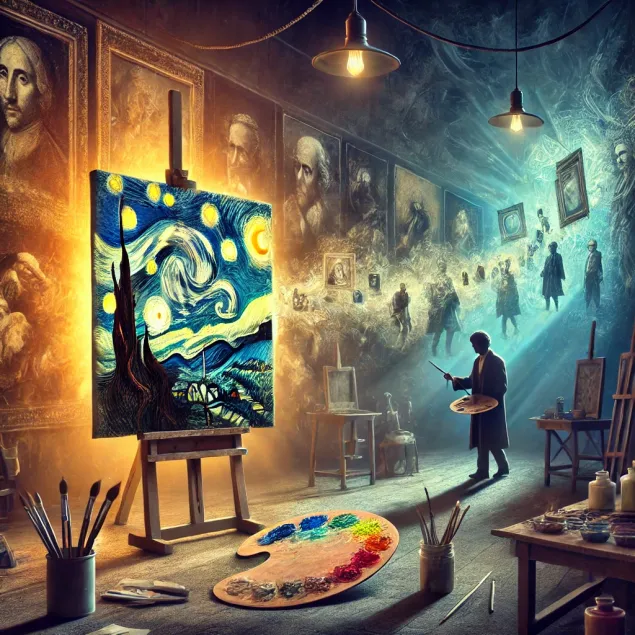
4. Sun Yuan and Peng Yu: Provocateurs of the Modern Asian Scene
Although they are a duo of contemporary artists, their name is mostly heard on Chinese art venues and specialized contemporary art exhibitions. Song Yuan and Peng Yu (born 1970s) are known for their provocative installations combining performance, sculpture and multimedia. They explore themes of the body, social morality and socio-political aspects in Asia. Their installation "Can't Help Myself" - a robot that endlessly tries to "collect" spilling red liquid resembling blood - resonated at the Venice Biennale.

At the same time, unlike many colleagues who profess pure shocking, Song Yuan and Peng Yu lay deep philosophical content in their works. They ponder the boundary between man and machine, life and death, the natural and the artificial. Despite their relatively narrow prominence outside the world’s art fairs, they have already shaped the “new wave” of Chinese conceptual art that continues to push the boundaries of the international art field.
How Little Known Artists Are Changing Art History
Art history often looks like a string of big names enshrined in textbooks and museums. But the global context is made up of less obvious figures – those who have not received lifetime recognition or whose work for one reason or another remained outside the mainstream. However, even without widespread fame, such artists influence the styles, techniques and general evolution of artistic thought.
- New techniques and materials. Sometimes it is the “underground” masters who are the first to try a new technology or material, which soon becomes the standard.
- Rediscovery of tradition. Many little-known authors return to a forgotten cultural heritage, embedding it in a contemporary context and thereby enriching the language of contemporary art.
- Alternative theories and manifestos. Often, unrecognized geniuses form their own manifestos, declaring philosophical or ideological principles that later influence recognized avant-garde movements.
- Local heritage and identity. Thanks to these artists, local schools are formed, reflecting the peculiarities of national traditions and local culture, which gives the art of the planet a greater variety.
Why it is important to find and open new names
Expanding your horizons and getting to know little-known artists is not only an opportunity to discover aesthetic masterpieces, but also a way to better understand how the mechanisms of the art world work. Sometimes the greatest discoveries are born away from the central venues, in quiet workshops or small regional art spaces. This is where experiments can flourish without the pressure of commercial expectations or traditional canons.
Immersed in the work of such authors, we expand our perception of beauty, form and meaning, learn to see new facets of reality. And sometimes, decades later, it is from these “underground” works that a new, universally recognized chapter in the history of art forms. Therefore, the advice for both amateurs and professionals is not limited to “top names”, look for fresh, little-known masterpieces and be open to a new way of looking at things. Who knows, you may accidentally stumble upon the very picture that will become a new benchmark for future generations.
Health in the digital age: how gadgets can help and harm
Journeys in the footsteps of great thinkers: routes that inspire
